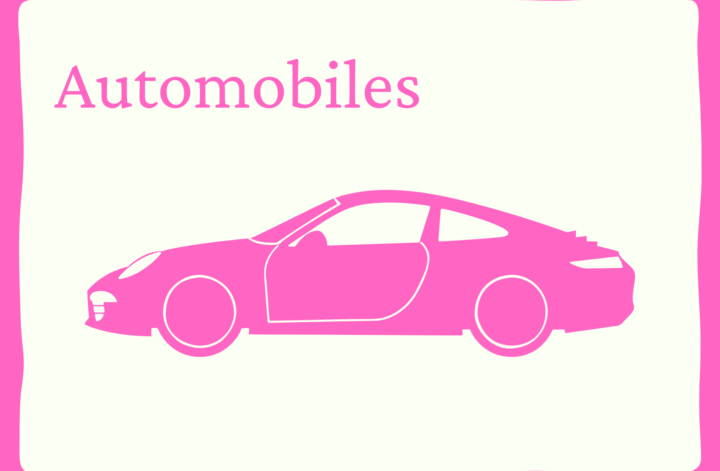Various kinds of plastics are used in cars. Plastics can be categorized into two types: thermoplastics and thermosetting plastics.
Thermoplastics can be melted by heat, formed in molds, and hardened with cooling. This process can be repeated many times, which means they are easily recyclable.
Examples: Polyethylene, polycarbonate, polypropylene, ABS (acrylonitrile butadiene styrene), PVC (polyvinylchloride)
On the other hand, thermosetting plastics (thermosets) cure. Once they set, they can neither soften with heating nor be molded again.
Examples: Epoxy resin, vulcanized rubber, polyurethane, polyimide
自動車には様々な種類のプラスチックが使用されています。プラスチックは熱可塑性プラスチックと熱硬化性プラスチックの2種類に分類できます。
熱可塑性プラスチックは、熱で溶かし、型に入れて成形し、冷やして固めることができます。この工程は何度も繰り返すことができるので、リサイクルがしやすいと言えます。
例:ポリエチレン、ポリカーボネート、ポリプロピレン、ABS(アクリロ二トリル・ブタジエン・スチレン)、PVC(ポリ塩化ビニル)
その一方で、熱硬化性プラスチックは硬化します。いったん固まると、再び熱しても軟化せず、型に入れることができません。
例:エポキシ樹脂、加硫ゴム、ポリウレタン、ポリイミド
